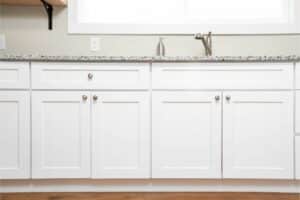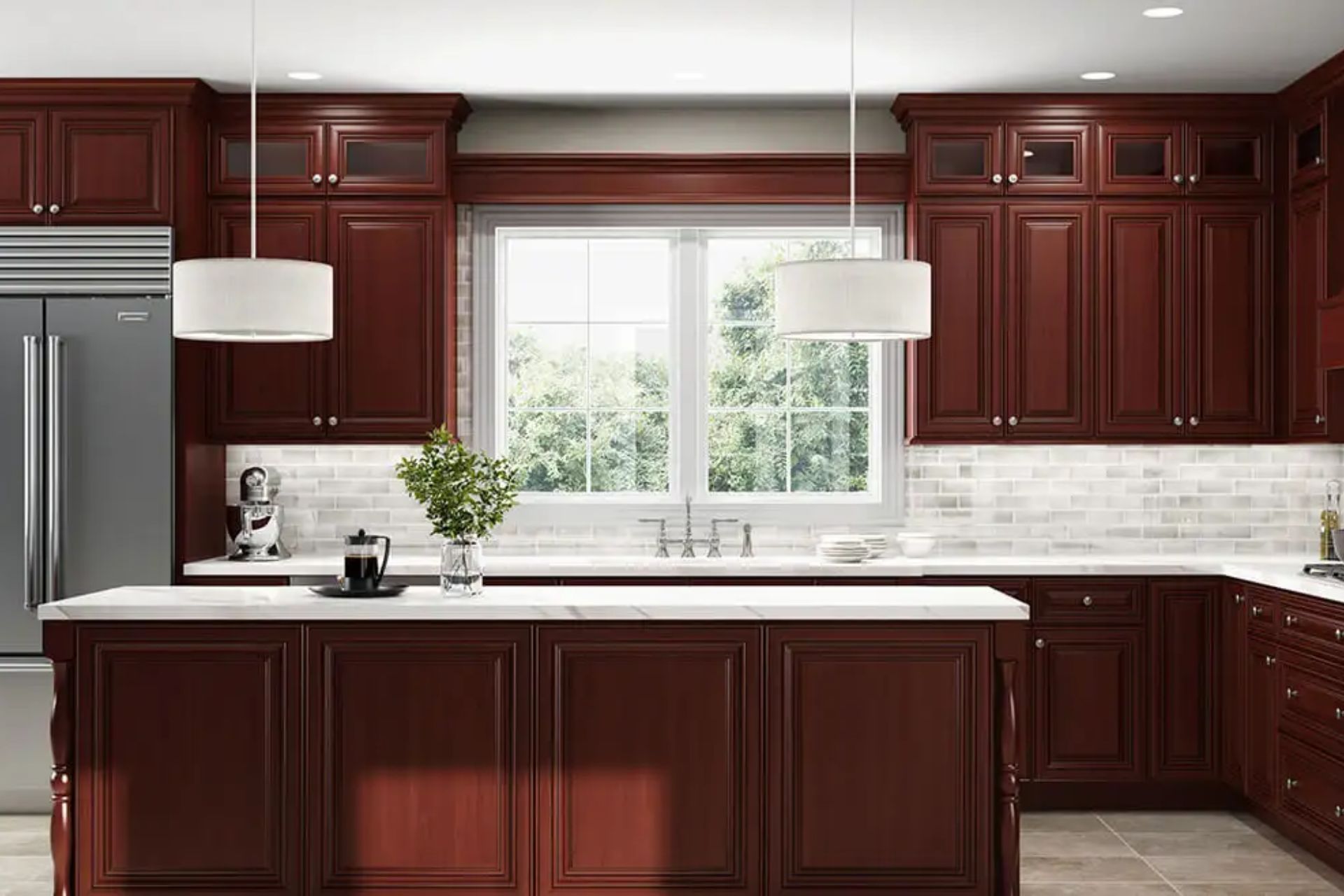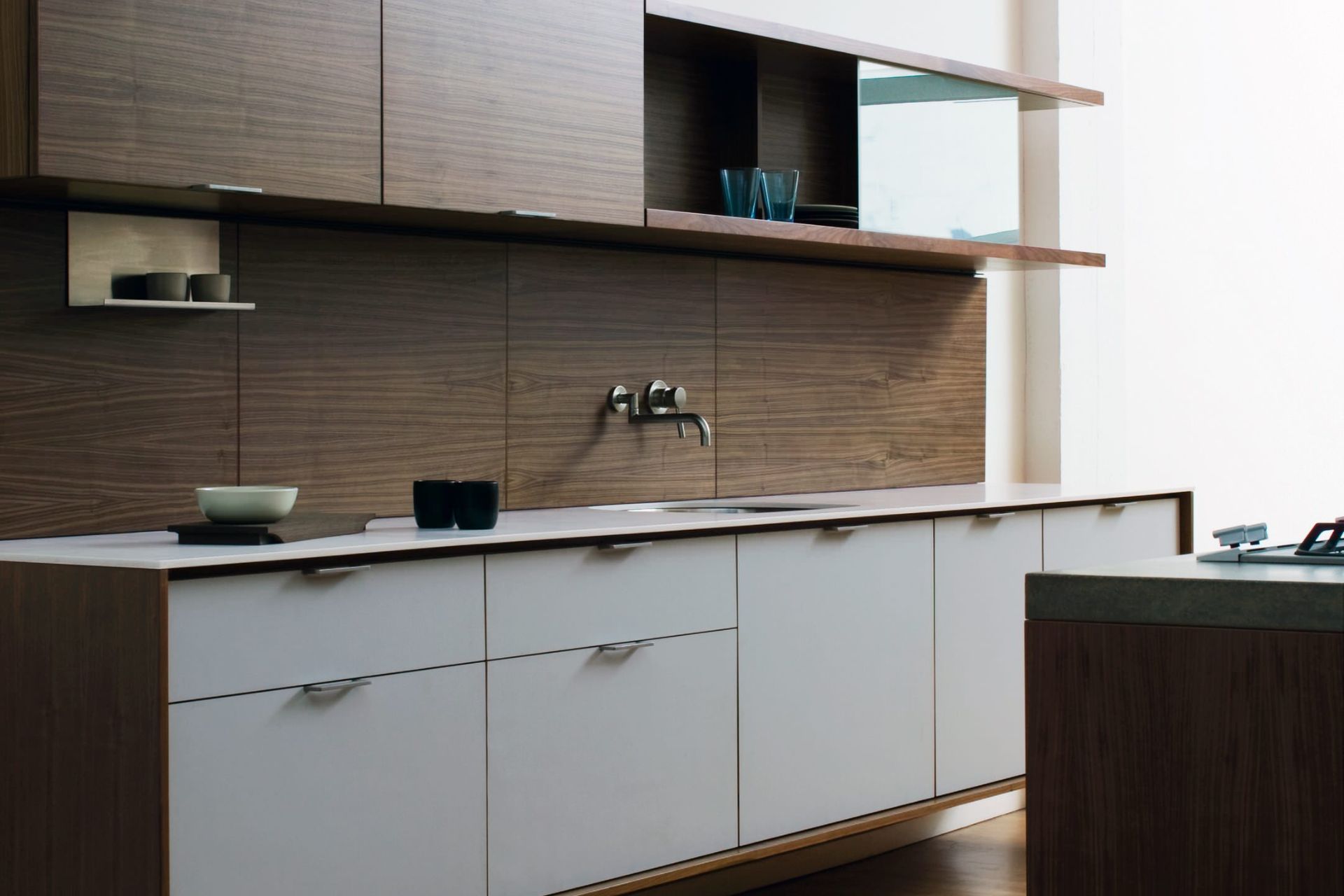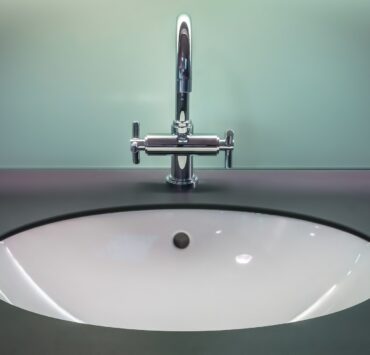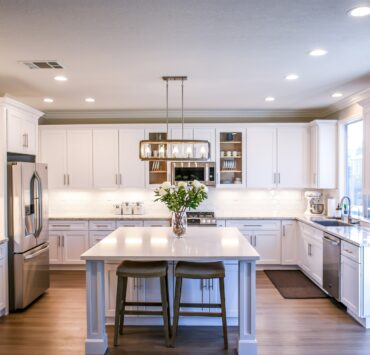Kitchen cabinets are a key visual and functional element in your kitchen. They provide storage, organization, and contribute to the overall aesthetic and design of the space. If you’re planning a kitchen renovation or remodel, knowing how to measure kitchen cabinets is an essential step to get the right look.
By knowing the dimensions of your current cabinets, you can choose cabinets and fixtures that will fit properly and look seamless when installed. In this article, we go through a step-by-step guide on how to measure your kitchen cabinets as well as some nuances that will help give you the most accurate measurements.
Whether you’re a seasoned DIYer or a first-timer in kitchen remodeling, this guide will help you measure your kitchen cabinets like a pro and have all the information you need to make informed decisions about your kitchen project.
Why You Need To Measure Kitchen Cabinets?
Accurately measuring your kitchen cabinets is an important step in any kitchen remodeling project. For example, if you’re planning to replace your existing kitchen cabinets or make any major changes to your kitchen layout, you’ll need to know the dimensions of your current cabinets. Doing so ensures your new cabinets will fit properly and look seamless when installed.
For those who are planning to order new cabinets or custom cabinetry, you’ll need to provide accurate measurements to get the right size and style of cabinets for your kitchen.
Having the measurements of your kitchen cabinets come in handy when fitting appliances or fixtures. For instance, if you’re planning to install a new refrigerator or range, you’ll need to know the dimensions of your cabinets. This gives you a scope of what will and won’t fit properly in parts of your kitchen.
Finally, measuring your kitchen cabinets can be useful when decorating or styling the kitchen. If you’re looking to update the look of your kitchen, you may need to measure your cabinets to determine the size and placement of any decorative elements, such as backsplashes and wall decor.
Overall, measuring your kitchen cabinets provides much-needed information to make informed decisions about your remodeling project. With cabinet measurements on hand, you can easily order the right size and style of cabinets, and decorate your kitchen in a way that works for your space.
For whatever reason, having the measurements of your kitchen cabinets is a worthwhile effort. Here’s a step-by-step guide on how to measure kitchen cabinets on all fronts.
Gather Your Tools
To measure kitchen cabinets, you will need the following tools:
- Tape measure: A tape measure is an essential tool for measuring kitchen cabinets, as it allows you to easily measure the width, height, depth, and distance between cabinets.
- Pencil and paper: You’ll need a pencil and paper to write down your measurements as you take them. This will help you keep track of the dimensions of each cabinet.
You can go the extra mile by printing out or illustrating your kitchen cabinets and writing down their measurements accordingly.
- Ladder or step stool: If you have high cabinets or need to reach up to measure the top of the cabinets, you’ll need a ladder or step stool to get the most accurate measurements.
Measure The Width Of The Cabinets
To measure the width of the cabinets, start by measuring the distance from one side of the cabinet to the other side. Measure at the top, middle, and bottom of the cabinet to ensure that you’re getting the most accurate measurement.
Measure The Height Of The Cabinets
Next, measure the distance from the top of the cabinet to the bottom panel. Again, measure at the left, center, and right sides of the cabinet to get the most accurate measurement. Write down the measurements and label them accordingly.
Measure The Depth Of The Cabinets
To measure the depth of the cabinets, measure the distance from the front of the cabinet to the back. Measure at the top, middle, and bottom of the cabinet as well. Write down the measurements and label them accordingly.
Measure The Distance Between The Cabinets
If you have multiple cabinets side by side, you’ll need to measure the distance between them. Start by measuring the distance between the front of one cabinet and the back of the next cabinet. Then measure the distance between the sides of the cabinets. Write down the measurements and label them accordingly.
Measure Any Other Features Or Details
If your cabinets have any additional features or details, such as crown molding or trim, be sure to measure these as well. You’ll need to know these measurements for cabinets that fit properly and look seamless when installed.
Pro Tips
When measuring kitchen cabinets, measure multiple points on each cabinet, including the top, middle, and bottom, as well as the left, center, and right sides. This will help ensure that you’re getting the most accurate measurements and taking into account any discrepancies or irregularities in the shape of the cabinets.
To get the most accurate measurement, measure the inside dimensions of the cabinets AND outside dimensions. You need to know these small differences in measurement to account for different situations. For instance, knowing the inside dimensions of kitchen cabinets lets you know how much space you have to work with for getting appliances, fixtures and other items you plan to place inside the cabinet.
Whereas knowing the outside dimensions of your cabinet lets you know what the maximum thickness of material you can fit into allocated cabinet space.
If you’re planning to replace your cabinets or order new ones, take into account the thickness of the doors and drawers when measuring. Knowing this will help you choose new cabinets that will fit properly and operate smoothly.
Lastly, if you have any obstacles, such as pipes or electrical outlets, in the space where you plan to install your cabinets, be sure to measure around these obstructions.
By considering these nuances and being thorough in your measurements, you leave little room for spatial errors as you go about renovating your kitchen.
By taking accurate measurements of your kitchen cabinets, you give yourself and contractors useful information that will help both of you make informed decisions about your kitchen project.



